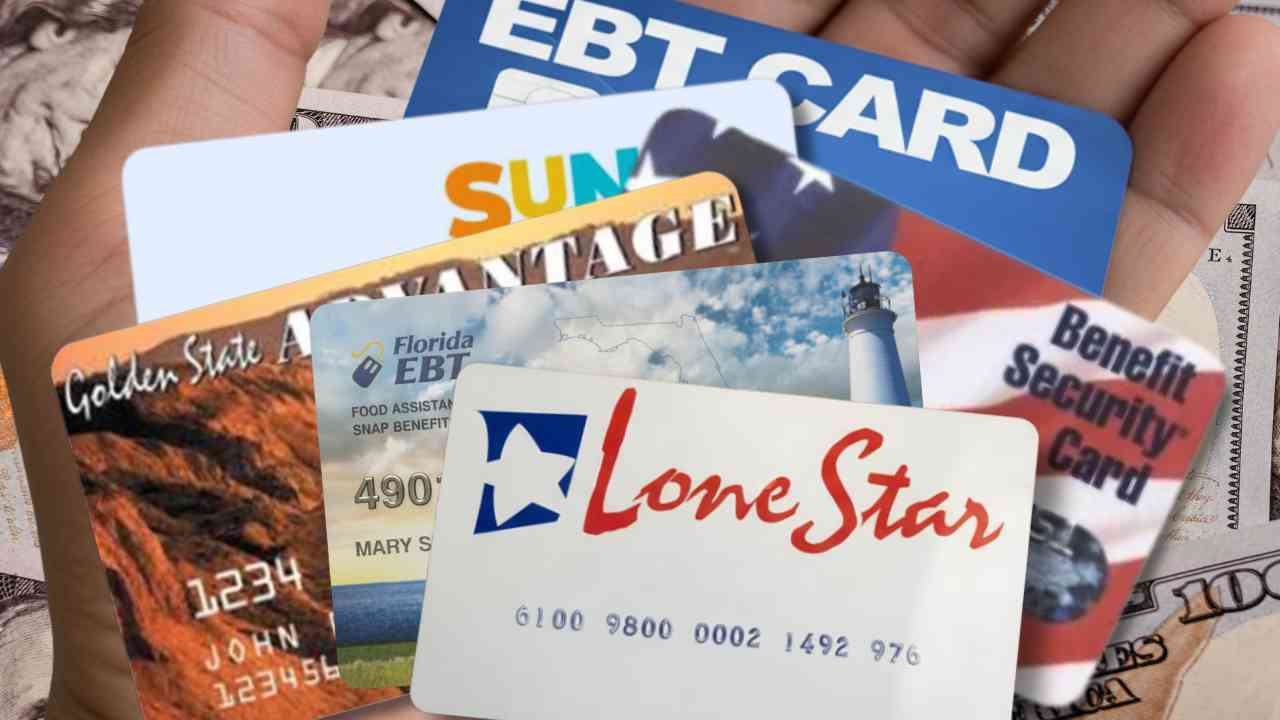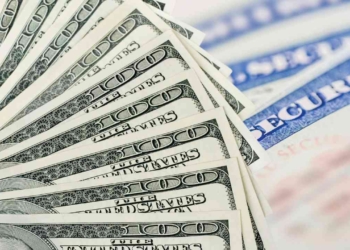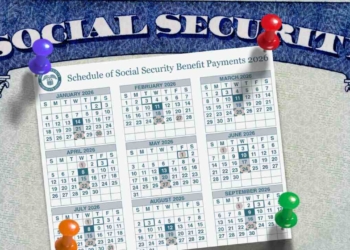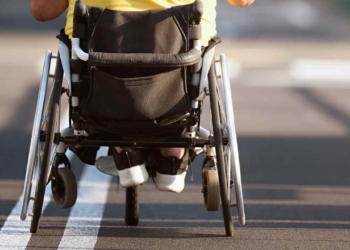From October 1, 2025, and all the way through September 2026, the food stamps, or the Supplemental Nutrition Assistance Program (SNAP), updated its benefits for the year ahead. This yearly cost of living adjustment (COLA) attached to the Consumer Price Index means most people will see around a 2% increase in their benefits.
This help is meant to make sure SNAP benefits keep up with the rising price of groceries, helping the buying power of more than 42 million Americans. Thea change makes it a little easier for families to buy healthy food like fruits, vegetables, and dairy. Income limits to qualify for the program were also changed.
Changes to the SNAP benefits program
The federal gross income limit went up by 2.6%, so more households can become eligible. For smaller households, one to three people, the standard deduction is now $209 each month. Deductions for things like housing and childcare costs also saw increases. These small but important changes help make sure support reaches working families who are dealing with ongoing inflation.
The new maximums are also changed due to the cost of living adjustment that came into effect from October, and will be valid through September 2026 (Note that Alaska and Hawaii have different, higher amounts because the cost of living is greater there):
-
1 person: $291
-
2 people: $535
-
3 people: $765
-
4 people: $994
-
5 people: $1,173
-
6 people: $1,407
-
7 people: $1,605
-
8 people: $1,835
-
Each additional person: Add $230
For the smallest households with the lowest incomes, the minimum monthly benefit is now $24, which is $1 more than last year.
When you’ll get your November SNAP benefits
Ready to apply? Here’s how to get your food stamps
To apply for SNAP benefits, access the state directory on the USDA website (fns.usda.gov/snap/state-directory). Select your state to find the online form or local office contact; the initial process is straightforward and can be completed in minutes, with potential approval in weeks.
To qualify, you must:
- Live in the state where you apply.
- Be a U.S. citizen or a qualified non-citizen (more on this below).
- Meet income and resource limits (detailed next).
- Comply with work rules, unless exempt.
- Not be disqualified due to fleeing a felony warrant, violating parole/probation, or institutionalization (with exceptions for elderly/disabled in certain facilities).
Households with an elderly (60+) or disabled member only need to meet the net income test (Households with elderly/disabled members skip the gross test). Many states use “broad-based categorical eligibility” (BBCE), which aligns SNAP with other programs like TANF benefits—if you qualify for a state non-cash benefit, you may skip some tests but still need low enough income for actual benefits.
The income limit is also a hurdle you must comply with: the USDA take into consideration both gross income (total income before deductions, generally ≤130% of the federal poverty level) and net income (after deductions, ≤100% of poverty).
Deductions to reach net income include: 20% of earned income, a standard deduction ($209 for 1-3 people, higher for larger households), dependent care, excess medical costs (> $35/month for elderly/disabled), child support, and shelter costs (capped at $744 without elderly/disabled, uncapped otherwise; $198.99 standard for homeless).





